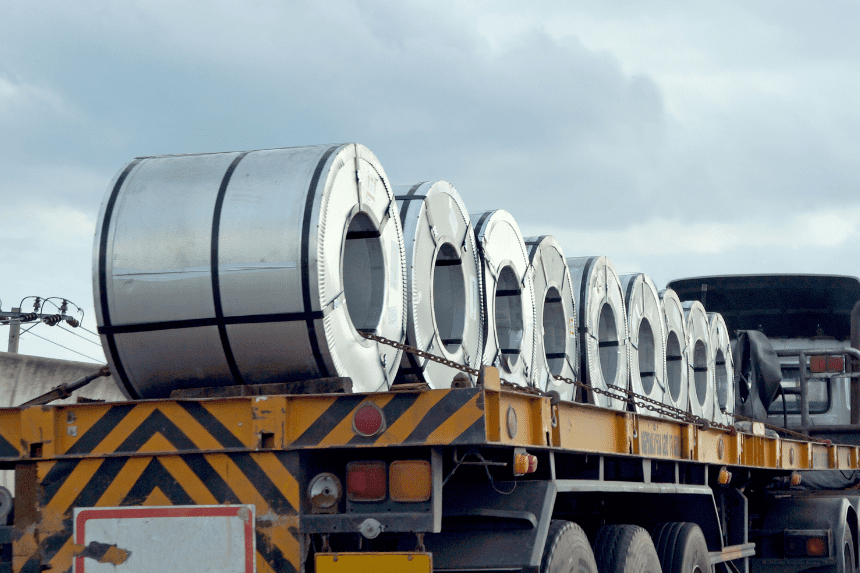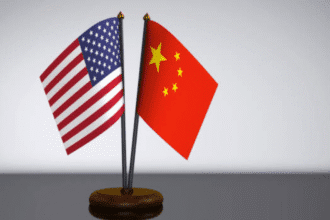Canada is taking strong efforts to defend its steel industry from the effects of tariffs that the United States has put in place. Prime Minister Mark Carney announced additional steps to prevent the entry of inexpensive imported steel. This is a big help for Canadian producers who are under a lot of pressure. This prudent decision not only protects local manufacturers but also makes Canada stronger in the global steel market, which will help the country’s industry become more self-sufficient in the future.
- Why Did Canada Decide to Limit Steel Imports?
- What are the new steps to keep Canada’s steel industry safe?
- How will Canada get people to use steel made in Canada?
- What does this mean for the aluminum and steel industries in Canada?
- Final Thoughts: Is This the Beginning of a New Era for Canada’s Steel Industry?
Why Did Canada Decide to Limit Steel Imports?
The US put significant tariffs on Canadian steel, starting with a 25% tax in March. This is why the decision was made. By June, President Donald Trump had raised this tax to 50%. This rise has put a lot of stress on Canada’s steel industry, which has always relied heavily on the US for exports. Historically, more than 90% of Canada’s steel exports have gone to the US. This makes Canada vulnerable to changes in US trade policy.
At a news conference in Ontario, Carney said that Canada’s present reliance on steel imports, which make up about two-thirds of its total steel use, is not sustainable. The prime minister stressed how important it is for Canada to have a wider range of trading partners and to use more steel made in Canada. Here is the link to our article on Global Steel Response
What are the new steps to keep Canada’s steel industry safe?
Canada will also tighten its tariff rate quotas as part of the new rules. For steel imports from countries that don’t have free trade agreements with Canada, these quotas will go from 100% to 50%. Steel shipments that go over this limit will have to pay a 50% duty. The government will also put an extra tax on steel that comes from countries that melt and pour steel in China.
The goal of these steps is to get Canadian manufacturers to buy more steel from Canadian companies. Prime Minister Carney also said that products that are excluded from the Canada-United States-Mexico Agreement (CUSMA) will not be affected. CUSMA continues to make it possible for Canada, the US, and Mexico to trade without tariffs.
How will Canada get people to use steel made in Canada?
Carney said in his statement that he would make sure that Canadian steel is used first in big infrastructure and defense projects. The federal government will put in place a new rule that says contractors must get steel from Canadian producers for big national projects, such as building homes and working on defense projects. The goal of this measure is to make Canada’s steel sector stronger and less reliant on steel imports from other countries. Here is the link to our article on Trump Steel Tariffs
What does this mean for the aluminum and steel industries in Canada?
The steel and aluminum industries in Canada have been hurt the worst by the US tariffs. Catherine Cobden, the president and CEO of the Canadian Steel Producers Association, says that since the tariffs went into effect in March, steel production has dropped by a lot—30%. The latest steps show that the government is trying to stop this slide and make sure that Canada’s steel industry stays strong and competitive.
Final Thoughts: Is This the Beginning of a New Era for Canada’s Steel Industry?
The steps that Prime Minister Carney has taken are a big change in how Canada deals with its steel sector. By limiting Canada steel imports, the country aims to shield its manufacturing industry from outside economic pressures, especially those from the US, by relying less on foreign steel and putting Canadian-made goods first. Canada’s increased focus on making steel at home could be very important for the country’s economic future as the global steel market continues to change.








